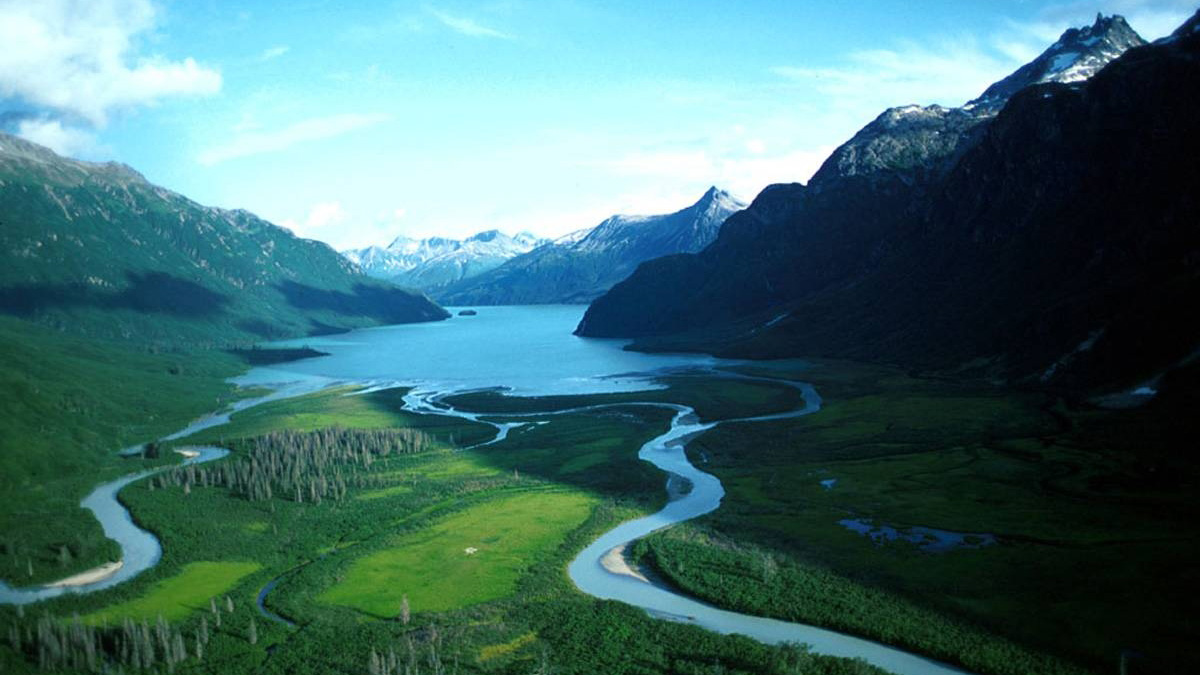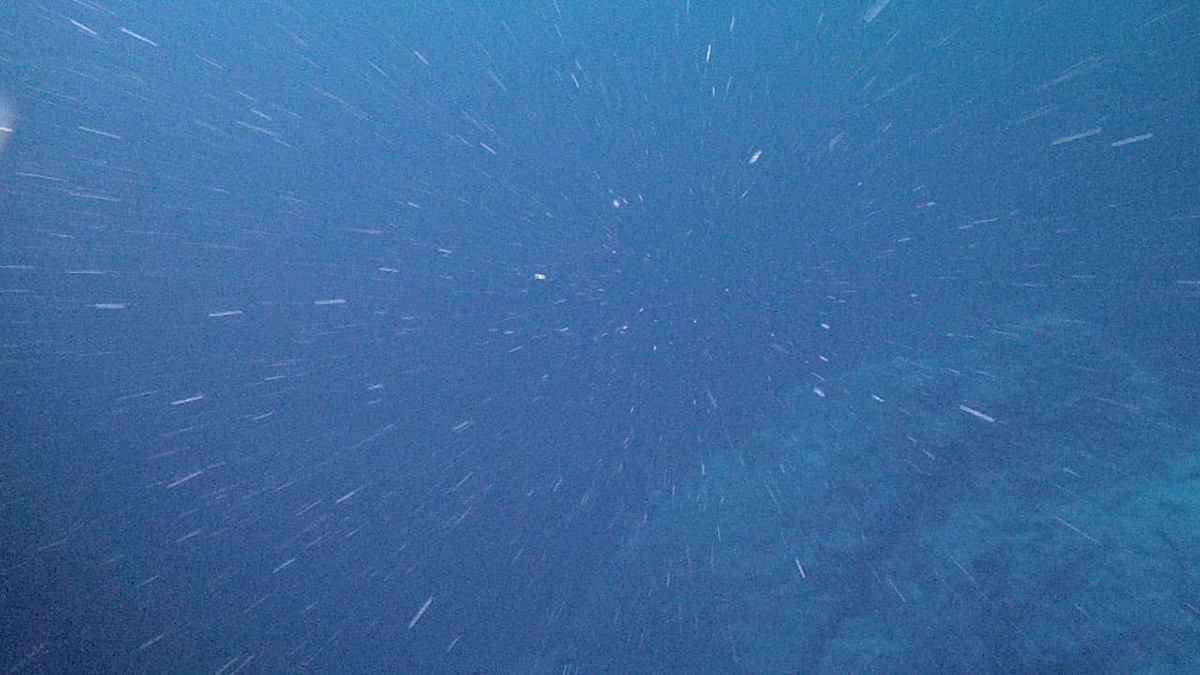Movement of carbon from land to ocean and atmosphere plays an important, but understudied, role in the global carbon cycle.
Global Biogeochemical Cycles
The Greenhouse Gas Burden of Inland Waters
A global collaboration inventoried greenhouse gas emissions from rivers, lakes, and streams.
La estacionalidad del ciclo del carbono oceánico
Un grupo de científicos investigaron el impacto de los cambios estacionales en la cantidad y velocidad del carbono que viaja desde la superficie al océano profundo.
U.S. Public Water Supply Is a Local Source of Phosphorus Pollution
Excess phosphorus may reach U.S. rivers, lakes, and groundwater through water main leaks and outdoor water use.
El dióxido de carbono antropogénico es rastreado hacia el océano
Con ayuda de un modelo de circulación oceánica, un equipo de investigadores logró etiquetar y rastrear el carbono emitido antropogénicamente para determinar si su destino es la atmósfera o el océano.
喷气推进的被囊动物在海洋碳循环中的作用
新研究表明,广泛分布的胶质浮游动物的大量繁殖,连同它们的粪便、每日的垂直迁移和它们的尸体一起,增加了海洋的碳输出。
Jet-Propelled Tunicates Pump Carbon Through the Oceans
New research reveals that blooms of the widespread gelatinous zooplankton—along with their feces, daily vertical migrations, and carcasses—increase marine carbon export.
Tracing Anthropogenically Emitted Carbon Dioxide into the Ocean
Researchers labeled anthropogenically emitted carbon and tracked it with an ocean circulation model to determine whether it winds up in the sky or sea.
Tropical Wetlands Emit More Methane Than Previously Thought
Climate models could be vastly underestimating methane emissions from the world’s tropical wetlands, according to observational surveys of wetlands in Zambia.
A New Look at Preindustrial Carbon Release from the Deep Ocean
New research could help inform future studies of how the release of carbon dioxide from the Southern Ocean might affect global climate change.










